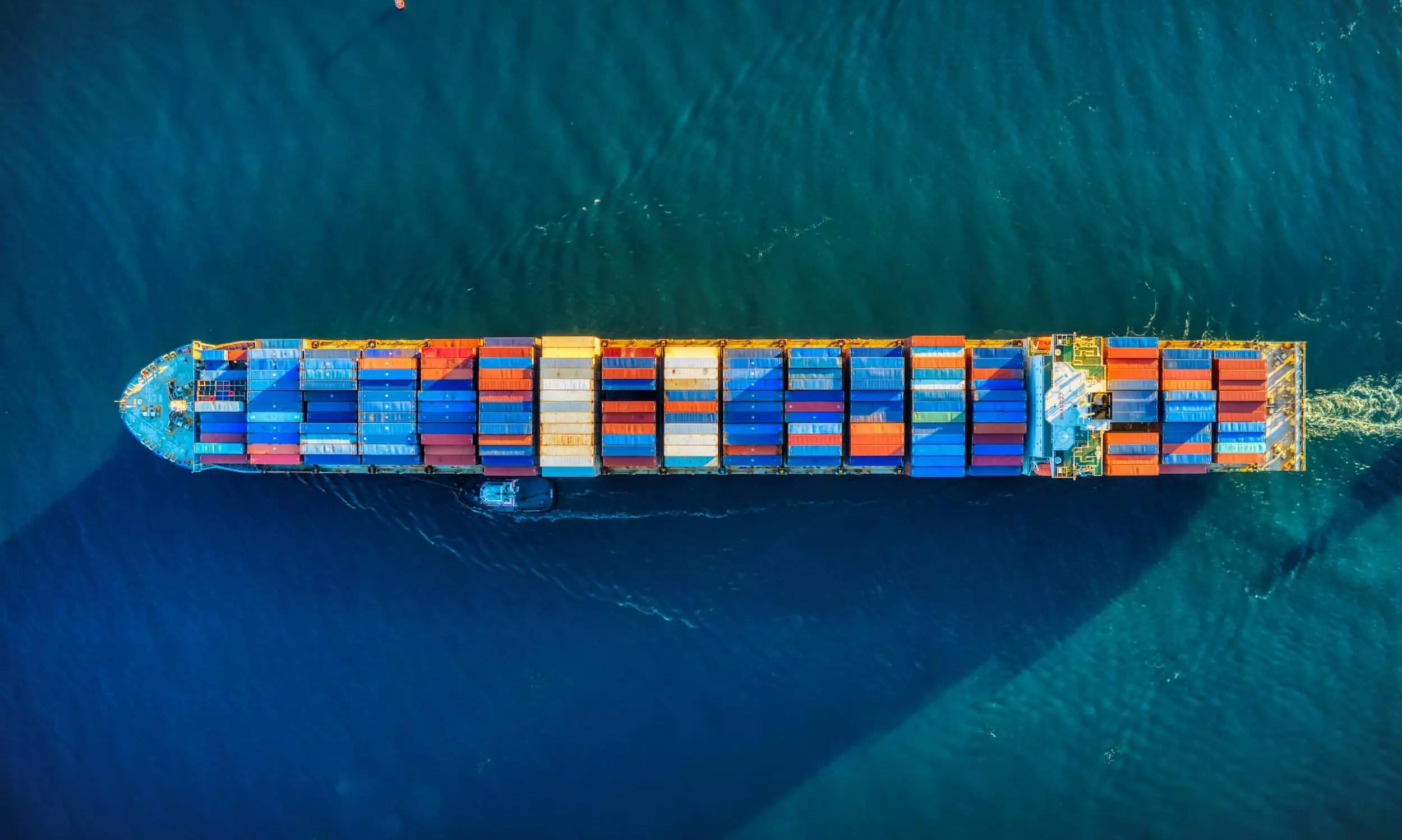Record deliveries could push container fleet above 30mn TEU in 2024
Another 83 ships larger than 15,000 TEU expected to be delivered in 2024, doubling capacity in just four years

As 2023 saw a relatively low level of container ship recycling, new ships entering the fleet caused an eight percent increase in the capacity of container fleet, the fastest growth registered since 2011.
"Ships larger than 15,000 TEU continued to dominate deliveries, and the segment grew 28 percent after 1.3 million TEU were delivered in 2023," says the latest update from BIMCO.
“In 2023, shipyards delivered 350 new container ships with a total capacity of 2.2 million TEU, beating the previous record from 2015 when 1.7 million TEU was delivered. The 2023 record is now likely to be beaten already in 2024,” says Niels Rasmussen, Chief Shipping Analyst, BIMCO.
In 2024, 478 container ships with a capacity of 3.1 million TEU are scheduled for delivery, beating the 2023 record by 41 percent, Rasmussen added. "The container fleet capacity is therefore expected to grow by 10 percent in 2024."
Recycling of ships is expected to increase in 2024 but the fleet could still grow by nearly 2.8 million TEU and exceed 30 million TEU for the first time in history by the end 2024.
"Another 83 ships larger than 15,000 TEU are expected to be delivered in 2024, adding 1.4 million TEU to the segment’s capacity and doubling its capacity in just four years.
"At the moment, there are only very few idle ships available, limiting the carriers ability to phase-in new ships to fill the gaps. To which extent carriers will take delivery of or be able to charter in new ships to fill the gaps will be carrier/alliance dependent. The situation may change day by day and carrier announcements and published sailing schedules are the best source of information."
The average sailing speed of container ships has reduced from 14.3 knots in 2022 to 13.9 knots in 2023 and could fall further in 2024, the update added. "This lowers the efficiency of the fleet and 3-4 percent extra capacity may have to be deployed to ensure that the 2024 volume increase can be accommodated."
Rasmussen says: “The imbalance between supply and demand is set to widen in 2024. However, prolonged disruption in the Red Sea, forcing ships to sail via Cape of Good Hope, could tighten the supply/demand balance. Another three million TEU are meanwhile scheduled to be delivered during 2025-2026 and unless recycling increases significantly, the market imbalance appears set to return once the Red Sea situation is resolved.
Red Sea impact on rates
"So far, the Shanghai Containerized Freight Index (SCFI) that represents spot freight rates for shipments to North Europe has climbed 300 percent since before the attacks began," adds Rasmussen. "However, the China Containerized Freight Index (CCFI), representing average freight rates of all containers shipped to North Europe, has only increased 20 percent. There is a chance that freight rates could climb further; however, it is just as impossible to say by how much as it is to predict the day by day developments in the Red Sea."



